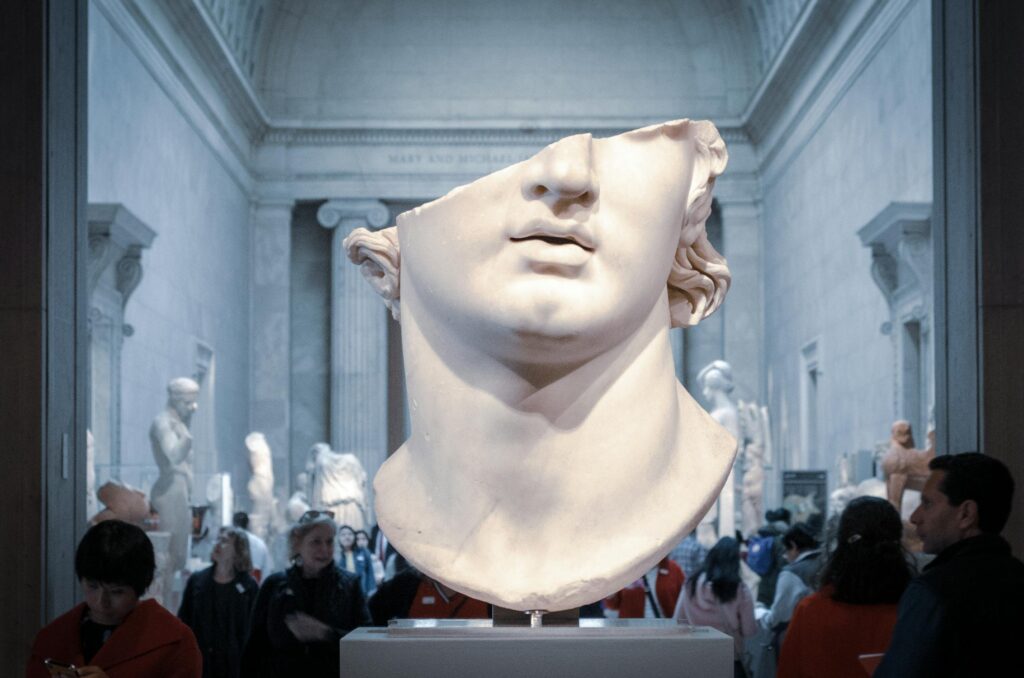Description: This article, History tutor Laurie explores how one-on-one tutoring can make history more engaging by making it relatable, relevant to current events, and open to debate.
History is a fascinating subject.
People love to find out about the past through books, documentaries and history tours on holiday.
But once a topic has been filtered through government curricula, exam boards, school budgets and cut to a 60-minute timeframe, it can be difficult to translate the drama and glamour of history into the classroom.
My own history teacher obsessed over detail.
He could spend hours deliberating the significance of percentages of pikemen in the New Model Army or the value of jam exports from the Weimar Republic.
Interestingly, anyone in such raw data alone is extremely difficult, and yet, the highest marks at GCSE and A-Level are for well-evidenced essays, requiring ambitious students to memorise specific historical facts.
The challenge is thus to make learning small, seemingly inconsequential historical facts interesting.
This blog sets out how to make learning history more engaging. Tutoring history 1-on-1 makes much of this possible.
Lessons can become more relatable to the individual student and learning can become a conversation.
When students are genuinely interested in a topic, they absorb facts more naturally and can be made curious enough to seek out the knowledge they need for top marks independently.
Make it Relatable – “historical imagination”
The main reason so many people find history interesting is that, at heart, it is a story.
The best museums, podcasts and documentaries make history a story.

Stories are far easier and more enjoyable to understand than dates and statements because we can relate on a human level to the emotions of historical actors.
In doing so, we place ourselves at the heart of historical events. The threats, decisions and societal changes become real.
The ability of students to demonstrate “historical imagination” is a key entry requirement for studying history at Oxbridge.
When given sources to evaluate, interviewers look for “imaginative engagement” (e.g.: https://www.history.ox.ac.uk/sitefiles/hat-marking-scheme-2023.pdf).
When students are taught to place themselves within historical contexts, understanding and evaluating events becomes far easier.
Let’s use the speech made by Charles I before his execution as an example.
By presenting the event with narrative flair and mixing historical themes/facts to be memorised (in bold) with superficial context, students are more likely to be engaged and build understanding of the significance of the event:
- Imagine being in Whitehall that morning, standing in a frozen crowd, stamping your feet to keep warm as the king steps onto the scaffold. He looks calm.
- What is the overall tone of Charles’ speech? Surprisingly defiant – he is facing an imminent and humiliating death in the capital city of the country he ruled not seven years ago
- Why do you think Charles describes himself as the “martyr” of the people? Religious significance of killing god’s representative on earth – divine right and Church of England context
- How long do you think a beheading takes? (Only a few seconds). Why then are you waiting hours and braving the cold to watch something that lasts mere seconds? This is an incredibly significant historical moment – culmination of seven years of brutal war – the first British king to be tried and executed by his own people
Make it Current
Often, the reason people want to learn about history is because they want to understand the present.
The news is full of stories that can be traced back to historical events.
Demonstrating to students the significance of past events by showing their impact boosts not just understanding but curiosity.

To do so, students must apply historical themes in a different context, requiring a strong grasp of the topic.
Incorporating current affairs into lessons also encourages students to become independently curious.
It is far easier to find and read an article about a current issue than a historical one.
The timeliness of news gives a greater sense of urgency and relevancy to potentially dry historical themes.
Students gain not just understanding but perspective on the relative impact of historical events.
To again use Charles I as an example, a lesson designed to convey the significance of challenging the power of the monarch could include a reference to Boris Johnson’s attempts to prorogue Parliament in 2019.
The event fits in to a long history of conflict between the executive (the monarch) and Parliament.
In 1649, the executive was Charles I, in 2019 it was Boris Johnson through the conduit of Elizabeth II.
The comparison shows students the constitutional crises that can erupt over the balance of power.
It also demonstrates the legacy of the Civil War and why it is something we decide to teach today.
Make it Debatable
The most surprising thing I found when studying history at university was how hostile and blunt academics could be in their responses to each other. Historians such as Richard J. Evans or A. J. P. Taylor could be transparently derisive of their colleagues’ interpretations.
This goes to the final reason people find history interesting: it is debatable.
Historical sources are both infinite and incomplete. There are thousands of state archives, diary entries, reports, poems and more describing Charles I’s execution that would take many lifetimes to read.
This natural imperfection in the source base allows for debate. Justifying one’s interpretation is an important and enjoyable part of studying history and forms the main body of marks at GCSE and A-Level.

1-on-1 tutoring allows for learning as a conversation. As a tutor, I always gently challenge my students’ interpretations.
I encourage them to clearly define their position, understand the most convincing pieces of evidence to back it up and then combine both their position and their evidence into a succinct argument, all on the spot.
By encouraging students to deploy what might seem oddly specific pieces of historical evidence, you demonstrate to them the value of historical facts when backing up an interpretation.
Not only are they more likely to remember bits of evidence, but the competitive nature of debate also encourages them to seek out historical facts on their own.
Final thoughts
Combined, all three approaches encourage students to engage with studying history.
As a tutor, I employ all three to communicate to students how fascinating and rewarding studying history really is.
By tutor Laurie




